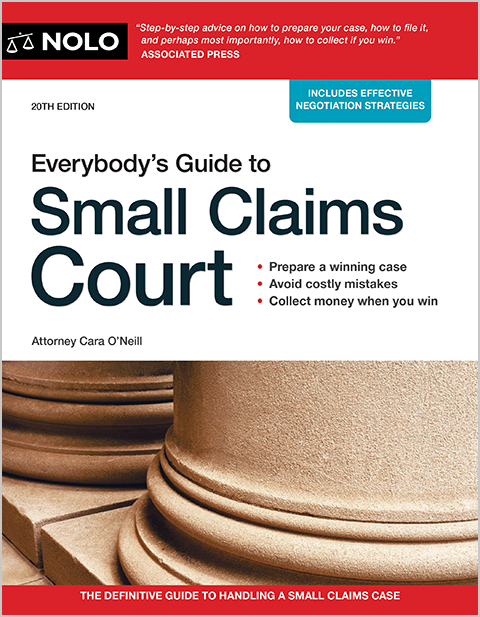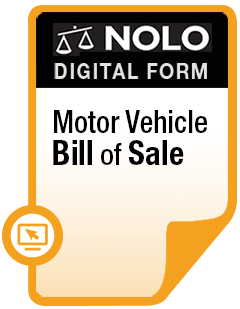Drivers and passengers can come away from car accidents with a wide variety of injuries, but these types show up most often.
An estimated 2.38 million people were injured in vehicle crashes in 2022, according to the National Highway Traffic Safety Administration. Injuries resulting from traffic accidents can be as varied as the circumstances of each individual crash, but some types of injuries are more common than others.
Let's look at the kinds of car accident injuries that occur most often, and discuss the importance of getting the right medical treatment after a car accident.
"Impact" Car Accident Injuries Versus "Penetrating" Injuries
Most injuries caused by car accidents fall into two broad categories:
- impact injuries, and
- penetrating injuries.
Impact injuries are typically caused when a person's body hits some part of the interior of the car, or when the force of the collision is absorbed by the body. For example, a knee hitting a dashboard or a head hitting the seat rest or the side window is an impact injury, but so are "whiplash"-type injuries, hyperextensions, and similar non-contact injuries.
Penetrating injuries are typically cuts and scrapes caused by shattering glass or loose objects flying inside the car.
This is only one way of categorizing the kinds of injuries that can result from a car accident. Let's explore a few more.
Soft Tissue Injuries and Car Accidents
A soft tissue injury is damage to the body's connective tissue (muscles, ligaments, and tendons). This is the most common type of injury resulting from a car accident. Soft tissue injuries can take many forms.
A "whiplash" type injury to the neck and upper back is a form of soft tissue injury. A whiplash injury occurs when muscles and ligaments are stretched due to sudden movements of the head and neck during a collision. The same forces can cause soft tissue injuries in other areas of the body, including the back. Car accidents often cause mid-back and low-back muscle sprains Learn more about back injuries after a car accident.
Scrapes and Cuts Caused by Car Accidents
In a car accident, any loose objects inside the car immediately become projectiles thrown about the car's interior. This includes things like phones, coffee mugs, eyeglasses, purses, books, and dash-mounted GPS systems. Any of these items can easily cut skin or cause other injuries.
Most scrapes and cuts are relatively minor and require no medical treatment. Stitches might be required in more serious cases.
Airbags can also cause cuts and scrapes when they deploy in a collision. Learn more about airbag injuries and car accidents.
Head Injuries After a Car Accident
A car's unexpected stop or change in direction can cause the heads of drivers and passengers to move in sudden and unnatural ways. These movements can result in muscle strains and sprains in the neck and back (as discussed above). But the head itself can also be injured—cut or bruised on a side window, the dashboard, or the steering wheel, for example.
A collision can also cause a closed head injury that results in bruising and tearing of the brain tissue and blood vessels. Most closed head injuries result in concussions, but more severe impacts can cause lasting brain damage. Learn more about brain injury lawsuits.
Car Accidents and Arm/Leg Injuries
The same forces that unexpectedly move a person's head in car collisions act similarly on arms and legs. In a side impact car accident, your arms and legs might be thrown against the door. Car accidents often cause passengers' knees to hit the dashboard or the seats in front of them. Depending on the nature of the collision, your arms and legs might be bruised, scraped, sprained, or even broken in a car accident.
Seat belts can also cause injuries to the arms, shoulders, and chest. Learn more about when seat belts cause car accident injuries.
What Makes Car Accident Injuries More Severe?
The most minor car accident injuries can heal on their own within a matter of days without medical treatment. More serious injuries might result in some level of permanent physical disability.
The severity of injuries suffered by drivers and passengers depends on multiple factors, including:
- Was the injured person wearing a seat belt?
- Did the person's car get hit from the rear, side, or front?
- Was the person facing straight ahead in the seat or turned in a certain direction?
- Was it a low-speed collision or a high-speed crash?
- Did the car have airbags?
Get Medical Treatment After a Car Accident
Keep in mind that some injuries might not show up right after a car accident. Depending on the nature of the injury, it might take days, weeks, or even months for symptoms to appear. So if you're in a car accident, it is best to seek medical treatment right away if you feel any level of pain or discomfort.
This is obviously crucial for your overall health, but it's also important in case you end up making an injury claim over the car accident. The insurance adjuster isn't likely to take your claim seriously unless your injuries are documented through medical records showing you sought treatment at the first indication of pain.
If someone else was clearly at fault for the accident, filing an insurance claim with that person's car insurance company is usually an option. You can file the claim on your own and get the settlement process started, or turn everything over to an experienced lawyer. Learn more about how a lawyer can help with your car accident claim.



